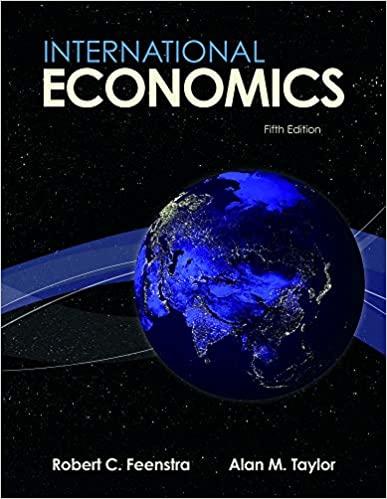This question will compare the policies of the federal government and the Federal Reserve and their likely
Question:
This question will compare the policies of the federal government and the Federal Reserve and their likely effects on interest rates, exchange rates, output, and the trade balance during the mid- to late 1970s.
a. President Lyndon Johnson and Congress passed large increases in government spending to finance Great Society programs and the Vietnam War. Explain briefly how such spending affects the trade balance.
b. Beginning in the mid-1970s, Federal Reserve chairman Arthur Burns sought to lower unemployment below its full employment level by decreasing interest rates. Does this require a monetary expansion or a contraction?
c. Illustrate the effects of the fiscal and monetary policies mentioned previously using the IS‒LM‒FX market diagram.
d. State the effects of these policies on the following variables: output, interest rate, nominal exchange rate, consumption, investment, and the trade balance.
e. Go to the Federal Reserve Economics Database (FRED). Here, you can look at graphs of the following variables (1975–78): effective federal funds rate (interest rate), effective exchange rate (against major currencies), current account, and gross private investment (% change from one year ago). Based on these figures, are the data consistent with the model in this case? Which variables, if any, do not behave according to the model during this period?
Step by Step Answer:






